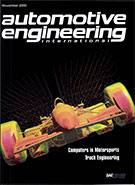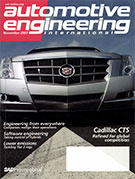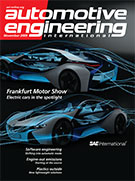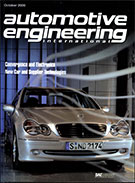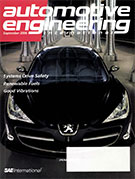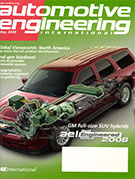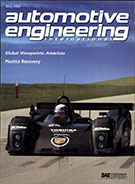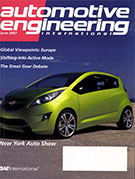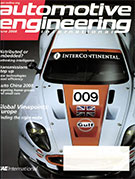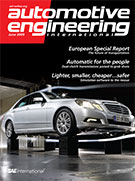Magazine

Autonomous Vehicle Engineering: March 2018
2018-03-08
Editorial Autonomy's data binge is more like a 5-course meal. Big Data, Big Challenges Cloud services and multiple partnerships are issues the mobility industry grapples with as data implications expand outside the vehicle. Reinventing the Automobile's Design The convergence of electric propulsion, Level 5 autonomy, and the advent of car-free urban zones, is driving new approaches to vehicle design and engineering. When Steering Isn't Steering Anymore High-level autonomy requires new thinking for even basic vehicle controls. Steer-by-wire technology eases some of the complexities automated driving presents-and offers desirable new possibilities. Autonomy and Electrification: A Perfect Match? Combining SAE Level 4/5 functionality and EV platforms brings chal-lenges-and opportunities for cost reduction and systems optimization. Who's Ahead in the Automated-Driving Race? The 2018 Navigant Research Leaderboard study brings interesting insights on the industry's progress.

